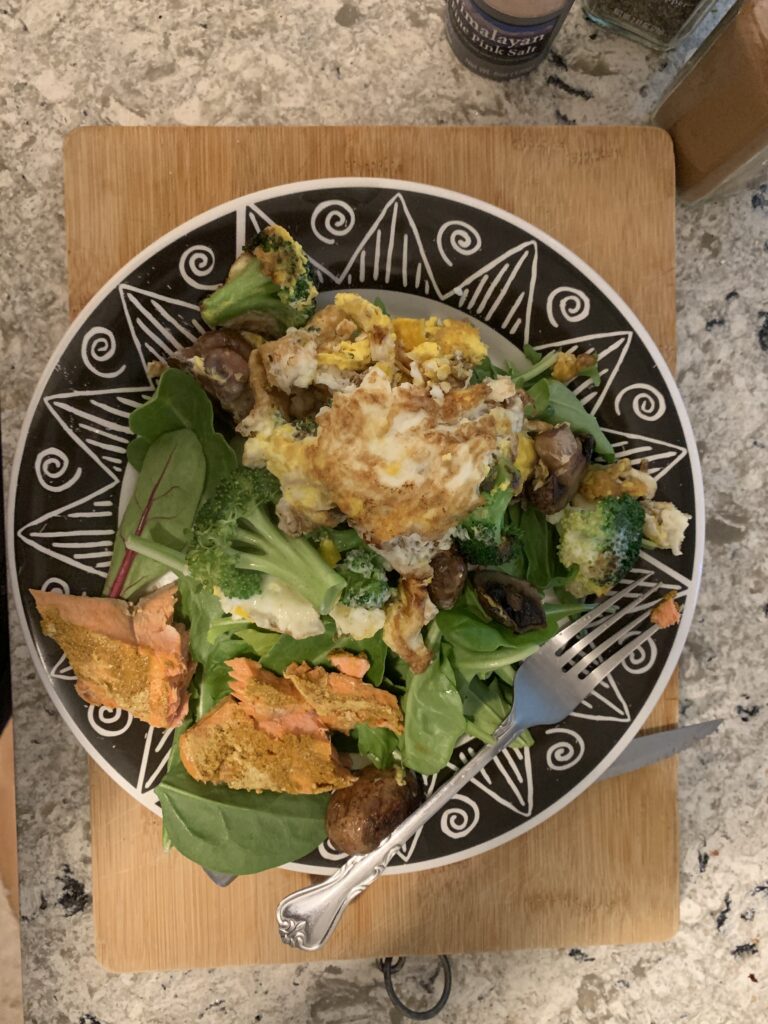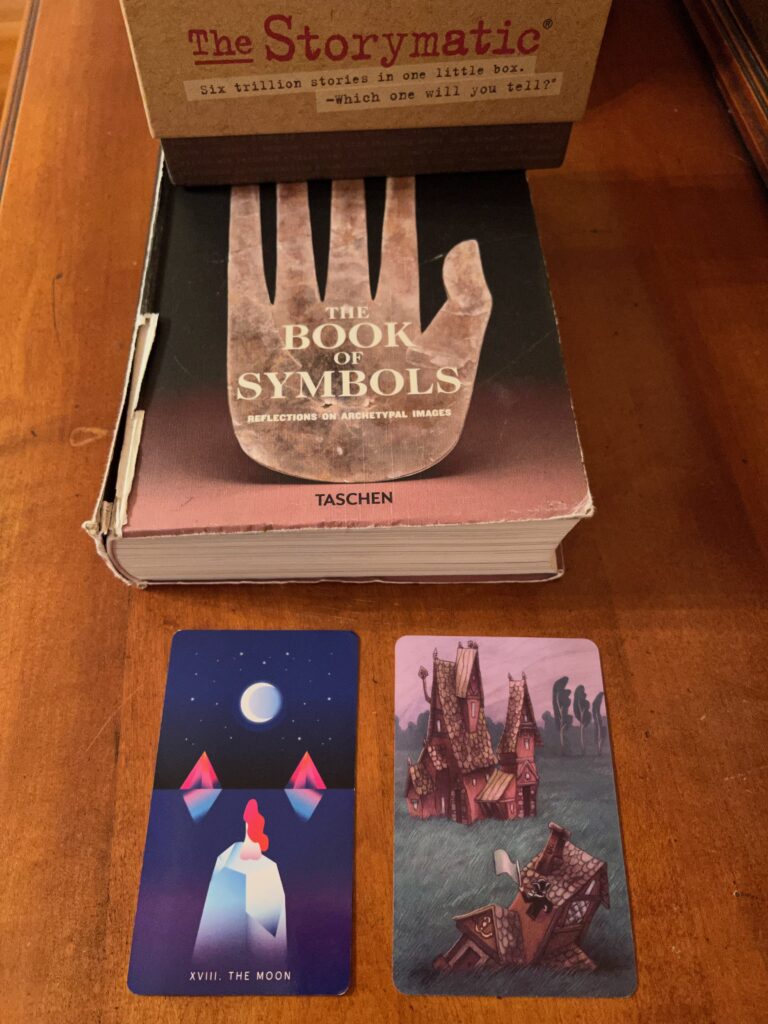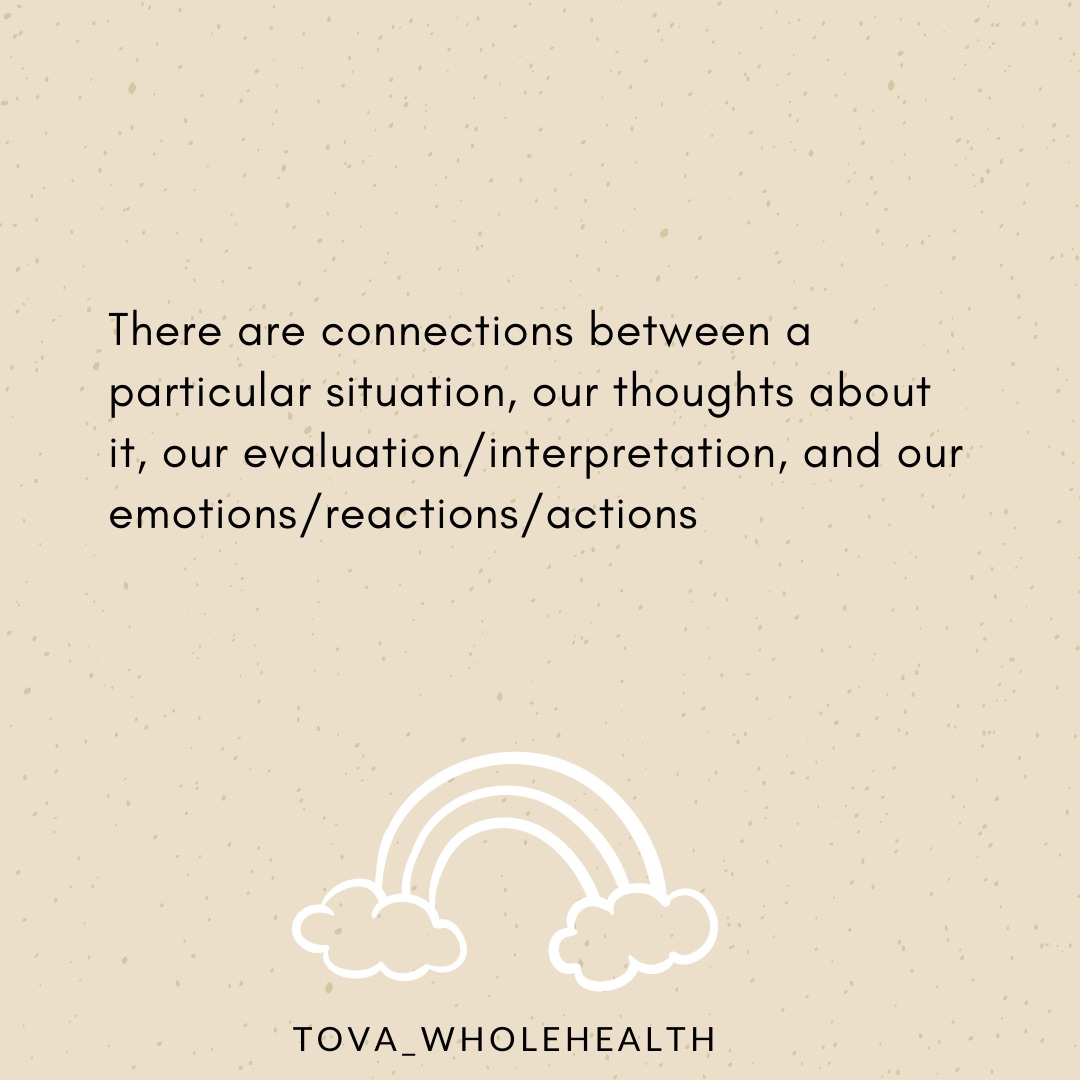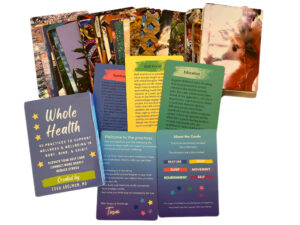Emotional eating and binge eating can feel very out of your control. But it is important to begin conceptualizing these behaviors as occurring within a system: your context/environment; thoughts; feelings; physical sensations; other behaviors. There are often elements/forces/dynamics that precede binge eating. You might find you tend to binge and experience overwhelming emotions when you don’t get enough sleep, when you skip meals, when you are stressed at work, when you feel isolated and lonely, etc. What is your experience when you binge and/or experience overwhelming emotions? I encourage you to go beyond labels like ‘sad’ ‘mad’ ‘angry’ ‘bored’ ‘tired’ and instead get very granular about your specific experience. What I mean by this is, develop intuition and interoception.
Lisa Feldman Barrett, a University Distinguished Professor of Psychology at Northeastern University, with appointments at Harvard Medical School and Massachusetts General Hospital and also Chief Science Officer for the Center for Law, Brain & Behavior at Harvard University, discusses interoception in her fascinating book How Emotions Are Made. This book largely elucidates her theory of constructed emotion. On some level your binge eating and emotional eating behaviors are learned. For example, you don’t need to give in to a craving for junk food just because you are experiencing a craving. You can break the link between ‘want food’ and ‘eat food’, between ‘feel sad’ and ‘eat food’, between ‘feel frustrated’ and ‘want cookies’ and ‘eat cookies’. To do that it might be helpful for you to become very curious about what is going on in your body and in your context in those moments when you feel pulled to binge or emotionally eat. What sensations do you experience? What thoughts are going through your head? What is going on in your life at that moment?
Barrett writes “typical self-help books focus on your mind. If you think differently, they say, you will feel differently. You can regulate your emotions if you try hard enough. These books, however, don’t give much consideration to your body…your body and your mind are deeply interconnected. Interoception drives your actions. Your culture wires your brain” (p. 176). According to Barrett, “the most basic thing you can do to master your emotions, in fact, is to keep your body budget in good shape” and that includes eating nutritious foods, exercising, and getting good sleep (p. 176). Barrett also notes the importance of emotional intelligence and developing greater emotional granularity.
As a student in a drama therapy master’s program (almost done with my first year!) ’emotional granularity’ struck me as being very much aligned with the emphasis on embodiment in drama therapy. In some of my classes we check in with a sound, a word, a movement, a sound and a movement…to convey how we feel. We don’t often check in with the typical “I feel fine” or “I feel good” or “I feel stressed”. We don’t even need an actual word to describe how we feel! We check in first with our bodies, and let that experience bubble up into a sound/movement. This allows a much more granular and highly specific way of expressing how one feels at a given moment.
I encourage you to try this way of assessing and expressing how you feel. Instead of rating your mood, try either labeling a specific emotion (here is a detailed list you can use), making a sound, doing a movement, or making a sound and a movement. For example, what does your body feel like before you binge? How does that compare to how your body feels like when you are feeling more at peace? Noting the nuances, can you start to label your experiences, differentiating them?
Over time, you might notice that feelings associated with binge eating tend to feel tight and constricting in your body. If you chose to adopt a sense of curiosity to your cravings and discomfort, how might that shift the sensations in your body? Overtime you might notice that you begin to develop a greater sense of interoception and intuition within your own processes. I hope this is helpful for you.






